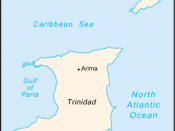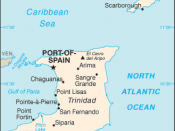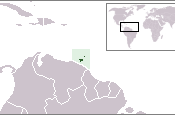Each and every country has its own style of music, while some even have more than one. Trinidad is one of those that have multiple musical styles associated with it. They include Calypso, Chuntey, Soca, and Parang. Some of them vary in many factors, while others have some similarities.
Calypso was invented in Trinidad, and can be traced back from arrival of the first African slaves brought to work in the sugar plantations. Many of spoke dozens of different languages, which made it very difficult to converse with each other (not to mention that they were forbidden to talk to each other). They then began to use calypso as a means of communication, and for mocking the slave owners.
Later on, Trinidad was colonized by the Spanish, and hundreds of French immigrants settled in. However in 1802, the French and African/Spanish population of the islands became a British colony, changing the cultural development of Trinidadians.
With the French came carnival, and since the slaves could not participate, they decided to form their own, called canboulay, where calypso began. In 1834, these two celebrations merged, with the abolition of slavery.
In its early days, Calypso was often played on instruments that people made from things they could find, including bamboo tubes, paint cans, shipping cans, garbage cans, and oil drums. The calypso bands didn't just pick up pots and pans and beat on them, what they did was find useful objects and work on them until they became musical instruments. Today, the steel pan is the national instrument of Trinidad and Tobago, and they are yearly competitions. People of all backgrounds enjoy and perform the music. Strings, Saxes, Clarinets, Trumpets, and Percussion are all popular instruments at the competitions.
Calypso music is usually in major key, with high timbre. The dynamic...



Interesting
This is interesting but next time add a bibliography..I'm a bit confused why this is in creative writing?
0 out of 0 people found this comment useful.